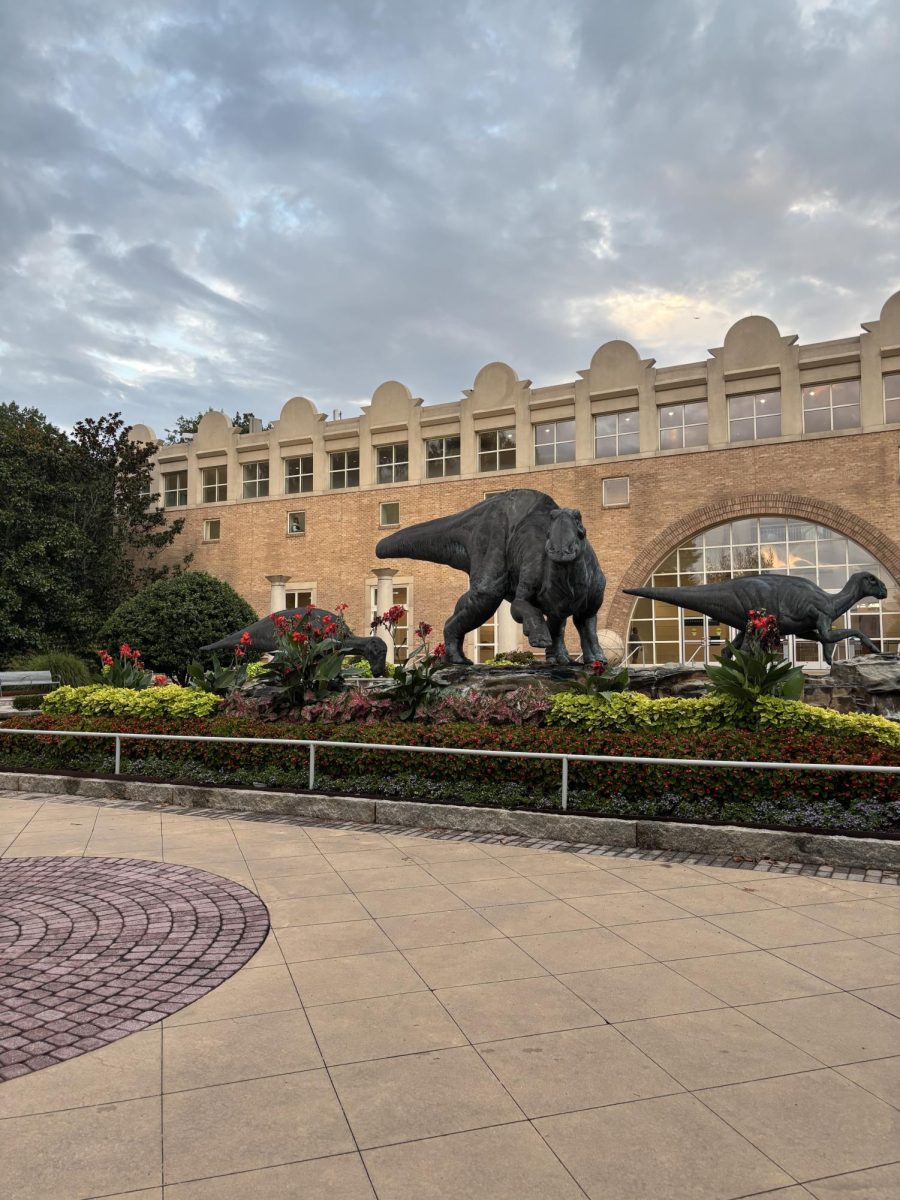By Sydney Shaw
The future of Pullman Yard, a retired train station located in the Kirkwood community on Rogers Street, has been uncertain for a long time. One thing that is certain is it will soon be sold for development.
Late last year, the Georgia Building Authority announced the yard would finally be listed on the market, with bidding beginning at $5.6 million. The developer with the highest bid will be able to renovate the property however it wishes.
The 27-acre site dates back to 1904, when it served as home of the Pratt Engineering and Machine Company. Pullman Rail bought the building in 1922 to use as a car maintenance facility. It later became a train station for the Georgia Building Authority.
Many community members who consider Pullman Yard a significant part of Atlanta’s history are saddened by the possibility of the landscape’s conversion to residential housing. Earl Williamson, a lead representative for the Kirkwood Neighbors’ Association, is disappointed with the way the Georgia Building Authority has handled the sale of the property. Williamson thinks the historical significance of Pullman Yard is worth preserving.
“The core historical structures are two large sheds, two sawtooth buildings, and a transfer table,” Williamson said in an email. “They date to 1904-1922 and inform a great deal of the industrial, architectural, and cultural history of Kirkwood, Atlanta, and the Southeastern United States.”
Williamson and the Kirkwood Neighbors Association support the development of Pullman Yard, so long as sufficient methods of preservation take place; however, Williamson predicts remodeling the site could spark a problem concerning transportation.
“The critical issue with any intown development is always management of vehicular issues: traffic volumes, parking, and trying to get people out of their cars and into alternative transportation,” Williamson said. “The form of Rogers Street is narrow, but intelligent design can address a good deal of these challenges.”
Grady parent David Epstein is the founder of a non-profit organization, Atlanta Contact Point, and has been working for years to develop Pullman Yard into a center for healthy living. He spoke with Gov. Nathan Deal briefly over the summer regarding the state’s future plans for the site.
“We knew they were going to be putting the property up for sale because we met with the governor this summer,” Epstein said. “What did surprise us is that it came with no historical deed restrictions on the building or conservation requirements on the green space.”
Because the property will go to the highest bidder, Epstein worries that his future plans for the yard will not be executed.
“We were hoping that our bid would be competitive with other groups that were looking to preserve the buildings and create something that was in line with the Kirkwood neighborhood’s community development plan,” Epstein said. “On a level playing field, we at least felt confident that we would be in the mix, but without those restrictions, no one knows what the bids will be.”
Members of the Kirkwood neighborhood
have expressed similar sentiments. A rally was held Jan.10 to protest the state’s decision to ignore the historic significance of Pullman Yard.
Additionally, a petition was created on change.org and has 1,720 supporters. The petition is described on the website as having been “prepared through a combined effort of Georgia citizens, residents of the Kirkwood neighborhood of Atlanta and Historic Preservation advocates.”
Other Kirkwood residents are optimistic. Senior Anna Hutchins lives close to Pullman Yard and believes its only purpose over the years has been to serve as a utility for the movie industry. Recently, the site was featured in several large-scale productions, including “The Hunger Games” and the “Fast and Furious” movies.
Hutchins thinks the idea of a developer rebuilding the area surrounding Pullman Yard could improve the community.
“The whole Kirkwood area is really coming together, and a lot of new people are moving in,” Hutchins said. “It would be good to have more opportunities for people to move in so that part of town can expand.”






